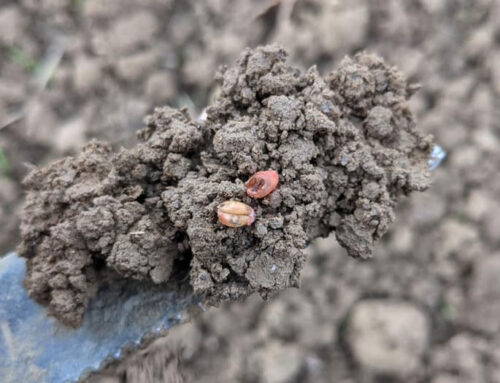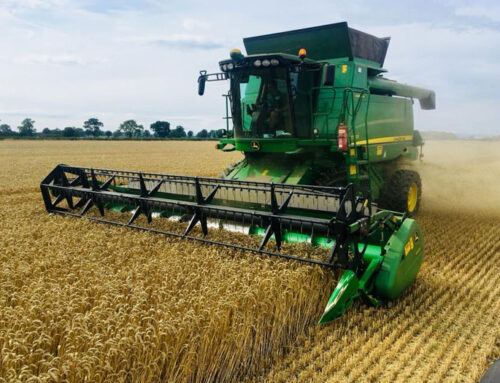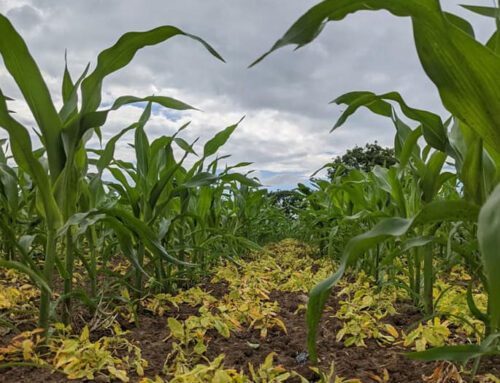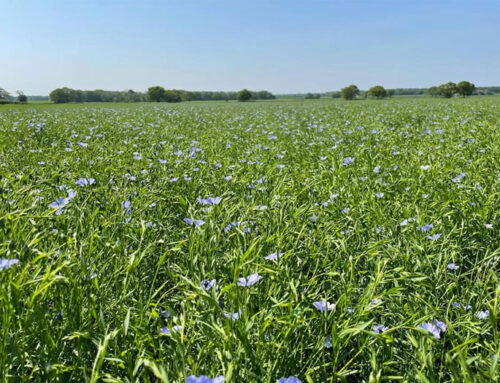Well, the season has got off to a gentle stroll rather than an Olympian sprint. In my last article I mentioned the door of winter was still left slightly ajar, well it soon blew open and delivered us with several inches of snow and frosty weather in the second week of March. In North Yorkshire we were lucky to only have a gentle reminder of winter whereas further in the south of the county a foot of snow was not uncommon. Since then, the weather has been rather unsteady with mild days accompanied with flurries of rain with some of these being heavy. Fields will need several days before the army of tractors can re-enter and start working their way through the ever-growing list of jobs that are starting to accumulate.
Winter wheats are enjoying those first doses of nitrogen and have started to pick themselves up off the ground. Disease levels are bubbling away in the base of crops with the dirtier varieties showing us nothing new. Yellow rust can be found in the usual culprits however last week’s cold snap has helped keep it under check, for now. These varieties will need a well-timed T0 containing a triazole or azoxystrobin or a mix of both, dependent on severity, take all risk and whether it will be accompanied alongside an SU graminicide. Spring grassweed sprays are all at the top of the job list sheet which will hopefully all get done in the next week or so when temperatures start moving the right direction. I would like to point out that in general autumn residual herbicide programmes have worked well and many crops are at present unnervingly clean.
Winter barley crops have started to return to their pre-winter lush green following early nitrogen dressings. Lush forward crops have all been prescribed an early PGR and in hybrid varieties where brown rust is present a small rate of prothioconazole has been included to help keep on top pre T1 fungicides sprays, which are looking hopeful for application around the 1st week of April. This early spray also allows me to target any wild oat or ryegrass populations which may be littering crops, helping ease the tank mix at T1. As I plan towards the first main fungicide mildew levels are still bubbling away while Rhynchosporium can be visible on older leaves, so these 2 diseases will be the main target for the T1 mix.
Winter oilseed rape crops inch closer to the sun day by day, and as all early spring light leaf spot sprays should now be on the focus switches to sclerotinia control, however it will still be a couple of weeks before we see the first buds burst open…..hopefully!
Early sown spring barley crops are starting to poke out and enter into 2023, conditions at present are not too favourable for these crops however as long as the temperature keeps going in the right direction and the rain eases I am confident they will persevere.
Winter linseed is slowly starting to move away from the damage left in the wake of fat-bellied pigeons, as so spring broad-leaved herbicide applications can now commence partnered with a dash of zinc to help ease the blow.
Crops in general look extremely well and full of potential even those later sown crops following roots. As long as fertiliser prices continue a steady decline and commodity values stay in our favour there is reason to be hopeful for the harvest ahead.




